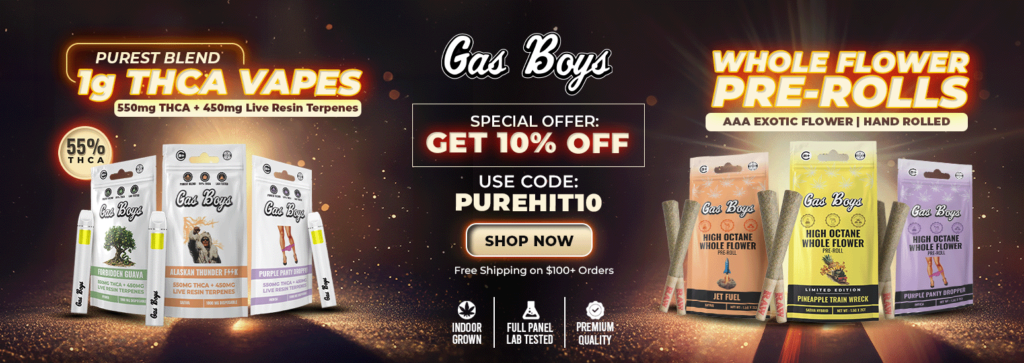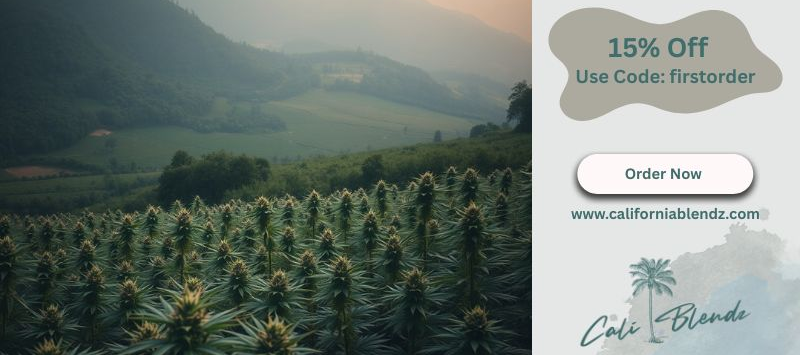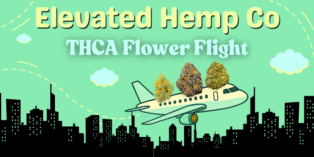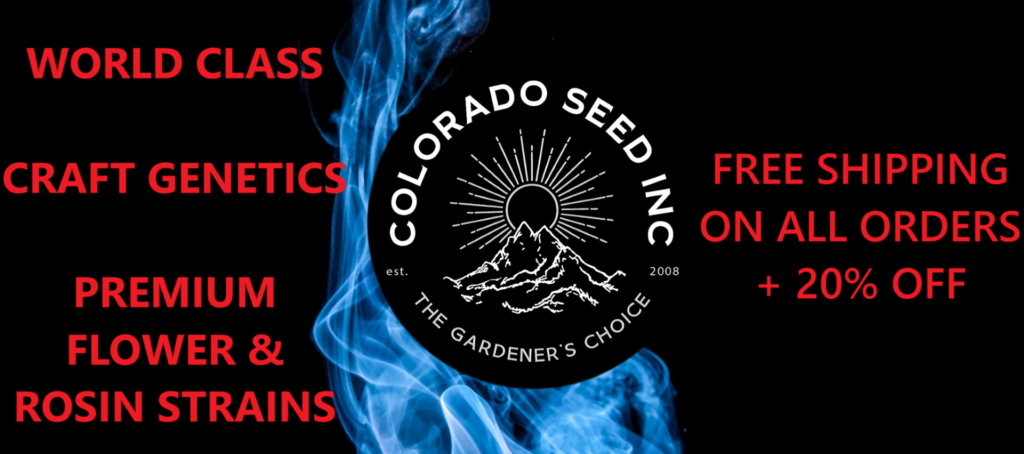A study published in the journal Frontiers in Plant Science by researchers from Humboldt-Universität zu Berlin examines how different UV spectra and intensities impact cannabis growth, yield, and secondary metabolite composition.
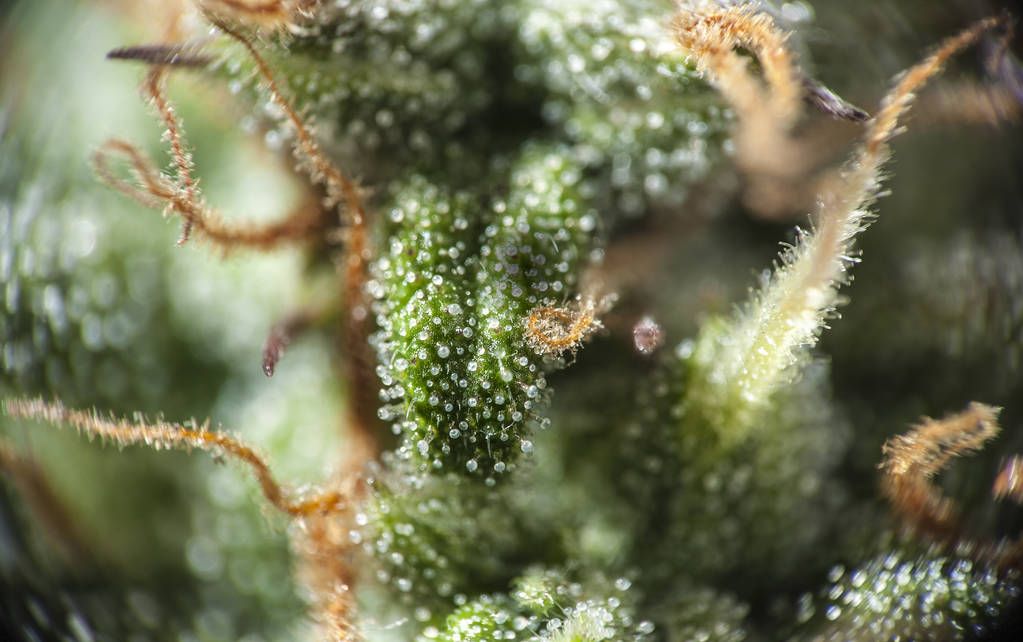
The study tested three UV light spectra at five intensity levels, analyzing their effects on photomorphogenesis, inflorescence yield, and the chemical profile of cannabis. While none of the UV treatments altered cannabinoid concentrations, significant changes were observed in terpene profiles under certain conditions.
Notably, the UV treatment labeled L3_1, which emitted UVA:B at a 99:1 ratio and an intensity of 1.81 W/m², increased concentrations of key terpenes. Compared to the control group without UV exposure, linalool rose by 29%, limonene by 25%, and myrcene by 22%. This treatment maintained consistent yield and cannabinoid levels, making it the most practical option for commercial cannabis cultivation.
Additionally, UV exposure affected growth and leaf morphology. Higher UVA levels increased leaf area, while elevated UVB levels resulted in smaller leaves. However, only the L3_1 treatment was deemed viable for large-scale cultivation due to its ability to enhance terpene profiles without compromising plant yield or cannabinoid content.
The findings suggest that selective use of UV light could help optimize terpene production in cannabis, offering potential benefits for both growers and consumers.
Below is the study’s full abstract. The full text of the study can be found here.
The raising economic importance of cannabis arouses interest in positively influencing the secondary plant constituents through external stimuli. One potential possibility to enhance the secondary metabolite profile is the use of UV light. In this study, the influence of spectral UV quality at different intensity levels on photomorphogenesis, growth, inflorescence yield, and secondary metabolite composition was investigated. Three UV spectra with five different intensities were considered: L1 (UVA:B = 67:33, 4.2 W/m2), L2 (UVA:B = 94:6, 4.99 W/m2), L3_1 (UVA:B = 99:1, 1.81 W/m2), L3_2 (UVA:B = 99:1, 4.12 W/m2) and L3_3 (UVA:B = 99:1, 8.36 W/m2). None of the investigated UV treatments altered the cannabinoid profile. Regarding the terpenes investigated, light variant L3_1 was able to positively influence the terpene profile. Especially linalool (+29%), limonene (+25%) and myrcene (+22%) showed an increase, compared to the control group without UV treatment. Growth and leaf morphology also showed significant changes compared to the control. While a high UVA share increased the leaf area, a higher UVB share led to a smaller leaf area. Of the UV sources examined, only L3_1 with 1.81 W/m2 and a radiation dose of 117.3 kJ m2 d-1 is suitable for practical use in commercial cannabis cultivation. The terpene concentration for this group was in part significantly increased with constant yield and cannabinoid concentration.

